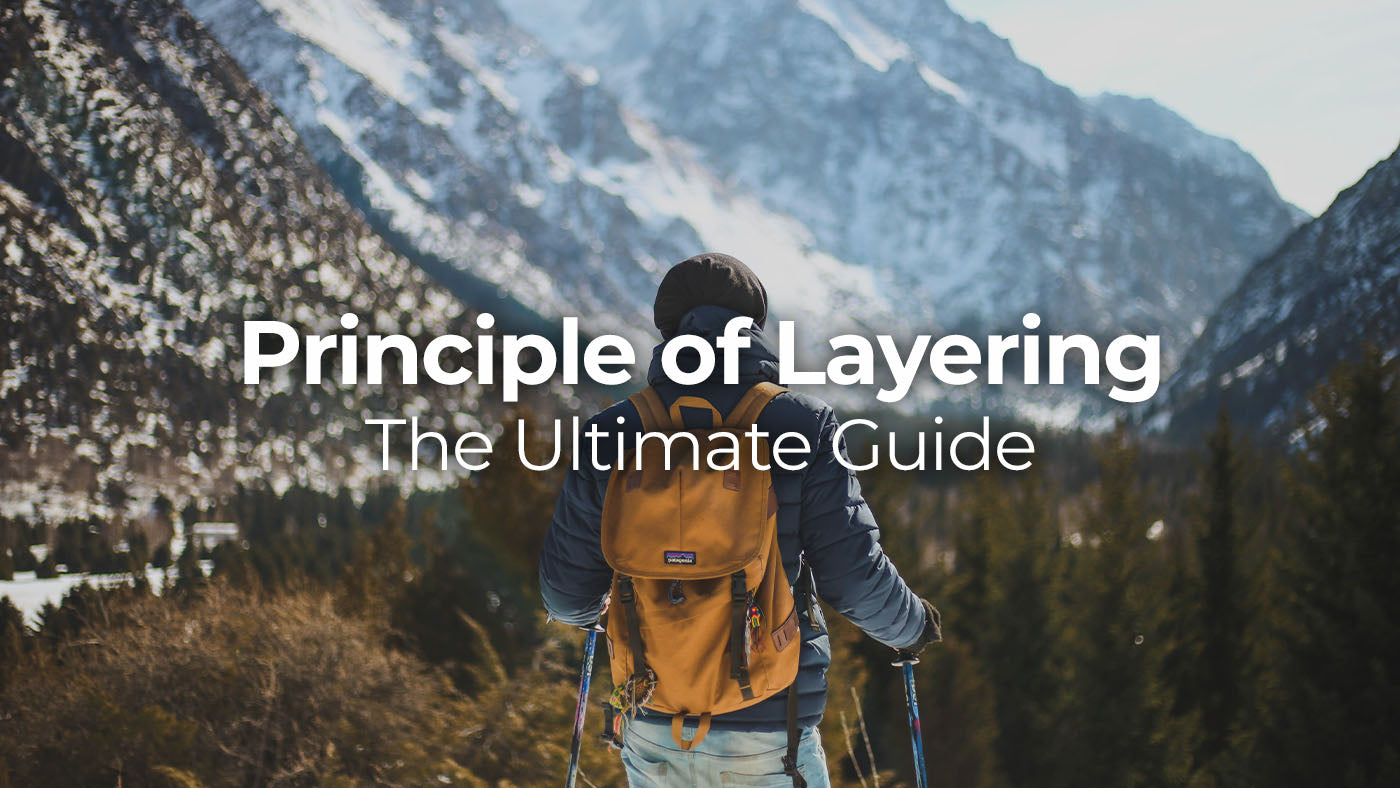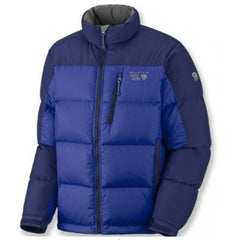
Principle of Layering - The Ultimate Guide
Whether you are planning for a day hike or a multi-day mountaineering expedition, you cannot compromise on your comfort. Shivering with cold and wet or overheating and wet from your sweat can easily ruin your day. You must be wondering that what type of clothing you need to have while you are playing for a hike. Worry not because I am going to take you through the essentials of layering and explain the concept.
Concept of Layering
Dressing in multiple lighter layers rather than wearing a single thick or bulky layer of clothing allows you to better adapt to a broader range of conditions: the environment and your body temperature change throughout the day. The layering system enables you to subtract or add layers of clothing according to your needs.
Whether it is a day hike, multi-day trekking, or a more serious expedition, one has to be fully prepared for all of the possible weather conditions. Getting and remaining wet for longer periods, being over-exposed to the sun or strong winds without enough protection can ruin the whole activity. Similarly, wearing too much of the clothing could result in extra sweating and suffocation that also has to be avoided. The solution lies in understanding and utilizing the concept of layering.
Each layer in the layering system of clothing has its specific function. The base (inner) layer function is to manage moisture. The middle (insulating) layer keeps you warm and protected from cold. In contrast, the shell (outer) layer protects you from winds and rain. So the layers are such:
1. Base Layer – Moisture Management
The base (inner) layer is the layer that goes against your skin, and it’s designed to keep your skin dry by absorbing the moisture away while retaining the heat. You need to consider the clothing material to achieve the desired results. Wool and synthetic fabric can be a reasonable consideration, keeping in mind their sweat absorption functionality of wool while keeping you warm along your hike. Wool takes longer to dry than the other synthetic competitors that are slightly more expensive, but wool can help neutralize body odor.
Clothing material to avoid and why?
Cotton is a red flag when it comes to clothing material for outdoor adventures. There are many reasons for this, but the main reasons are the following:
The thickness of your base layer is determined mainly by outside temperature as well as personal taste. Some people like to pair a mid-weight base layer with a lightweight synthetic exercise t-shirt. Others are fine with only a single light base layer. You may need to try multiple systems until you discover one that works best for you.
Here are some of the base layers I would consider



2. Middle Layer – Insulation
The Middle (insulating) layer is the layer that assists in the maintenance of heat produced by your body. The more heat this layer absorbs, the warmer you will be.
During the colder part of the day, you want to feel warm and comfortable but not overheated and sweaty during the hottest part of the day. Wearing many thin layers, such as vests and pullovers, is a good idea.
The clothing material of this layer should be a synthetic, breathable, wicking, stretchy fabric such as polyester. It can be either a shirt or jacket. However, the jackets offer more venting options and easier on-off.
Here are some of the middle (insulating) layers I would consider



The outer layer (or shell layer) works as a shield for you, protecting you from the elements such as wind, rain, and snow. This layer is generally kept handy so that it can be taken out and used immediately when needed.
The main characteristics to be looked for in this layer are waterproofing, breathability, and weight. These jackets should also have appropriate pockets and a hood.
Choice also has to be made between soft and hard shell that is determined based on expected weather. The hard shell is the option to go with in case of heavy rain and snowfall expectations. Softshell works with light rain and winds.
Here are some of the Shell layers I would consider



The outer insulation layer is the external insulation layer to provide warmth against cold. It is needed when the weather gets too cold and the middle layer alone is not sufficient.
Generally, there are two options for outer insulation layer jackets, down-filled and synthetic-filled.
Down Filled Jackets
Down comes as the natural insulation provides more warmth and excellent packability. Down jackets are however more expensive and don’t work when wet.
Synthetic Jackets
Synthetic or polyester-filled jackets are generally heavier however comparatively less expensive than their down counterparts. These jackets also absorb less water thus are quicker to dry. Modern variants of synthetic filling are pretty much comparable with down ones.
Here are some of the Outer (insulating) layers I would consider



Conclusion
To the outdoors in the best way possible, understanding and using the layering concept is a must. At a particular time, one needs to wear only the layers that are required as per the weather conditions. Wearing too little or too much would result in harm either way. The weather in the mountains is uncertain and can change at any time! BE PREPARED.
That’s it for now. I hope that this blog was informative enough to help you guys plan and prepare for your next adventure. Make sure to reach out and share your thoughts with us. Let’s Ascend Together with Ascender Outdoors.
Saad F
Excellent blog. Very informative for novices like me. Keep up the good work